Buying Guide for the Best Fibre Routers
Choosing the right fibre router is essential for ensuring a fast, reliable, and secure internet connection in your home or office. A fibre router connects to your fibre optic internet service and distributes the connection to your devices via Wi-Fi or Ethernet cables. To make an informed decision, you need to understand the key specifications and how they align with your needs. Here are the main specs to consider when selecting a fibre router.Wi-Fi StandardsWi-Fi standards determine the speed and range of your wireless connection. The most common standards are 802.11n, 802.11ac, and 802.11ax (also known as Wi-Fi 6). 802.11n is older and slower, suitable for basic internet use. 802.11ac offers faster speeds and better range, ideal for streaming and gaming. 802.11ax provides the highest speeds and efficiency, perfect for smart homes with many connected devices. Choose a standard based on your internet usage and the number of devices you plan to connect.
Dual-Band vs. Tri-BandDual-band routers operate on two frequency bands (2.4 GHz and 5 GHz), while tri-band routers add an additional 5 GHz band. The 2.4 GHz band offers better range but slower speeds, while the 5 GHz bands provide faster speeds but shorter range. Dual-band routers are sufficient for most households, offering a good balance of speed and range. Tri-band routers are beneficial for homes with many devices or heavy internet usage, as they reduce congestion and improve performance. Consider your household's internet activity and number of devices when choosing between dual-band and tri-band.
Speed RatingsSpeed ratings, often listed in megabits per second (Mbps) or gigabits per second (Gbps), indicate the maximum data transfer rate of the router. Higher speed ratings mean faster internet performance. For basic browsing and streaming, a router with speeds up to 300 Mbps may suffice. For gaming, 4K streaming, or multiple users, look for routers with speeds of 1 Gbps or higher. Match the router's speed rating with your internet service plan to ensure you get the best performance.
Coverage AreaThe coverage area of a router refers to the range within which it can provide a strong Wi-Fi signal. This is typically measured in square feet. Smaller homes or apartments may only need a router with a coverage area of up to 1,500 square feet. Larger homes or offices may require routers with coverage areas of 2,500 square feet or more. Consider the size of your space and any potential obstacles (like walls or floors) that could affect signal strength when choosing a router.
Number of Ethernet PortsEthernet ports allow you to connect devices directly to the router for a more stable and faster connection. This is important for devices like gaming consoles, desktop computers, or smart TVs. Most routers come with at least four Ethernet ports, but some high-end models offer more. If you have multiple devices that require a wired connection, ensure the router has enough Ethernet ports to accommodate them.
Security FeaturesSecurity features protect your network from unauthorized access and cyber threats. Look for routers with WPA3 encryption, which is the latest and most secure Wi-Fi encryption standard. Additional features like firewalls, guest networks, and parental controls can also enhance security. If you have sensitive data or children using the internet, prioritize routers with robust security features to keep your network safe.
Quality of Service (QoS)Quality of Service (QoS) allows you to prioritize certain types of traffic on your network, ensuring that important activities like video calls or gaming get the necessary bandwidth. This is particularly useful in households with multiple users and devices. If you frequently engage in activities that require a stable and fast connection, look for routers with advanced QoS settings to optimize your network performance.
Mesh NetworkingMesh networking involves multiple devices working together to provide seamless Wi-Fi coverage throughout your home. This is ideal for large homes or spaces with Wi-Fi dead zones. Mesh systems are easy to set up and manage, often through a mobile app. If you struggle with weak signals in certain areas of your home, consider a router that supports mesh networking to ensure consistent coverage.



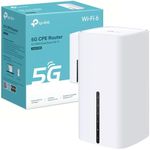
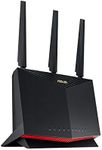
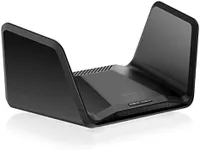
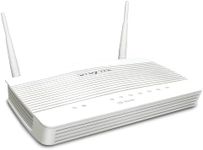


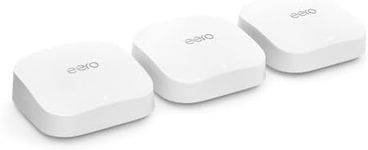




![Zyxel 5G NR 4.67 Gbps Indoor Router | AX1800 WiFi 6 Router | Nebula Cloud Management | Share WiFi to 64 devices | Dual WAN failover | Gigabit LAN ports [Nebula FWA505]](https://images-proxy.bestreviews.guide/6XB6K0D12GxF6Qb8r_2bAVW3SVE=/0x150/https://m.media-amazon.com/images/I/31bUwcCLRGL._AC_CX679_.jpg)

